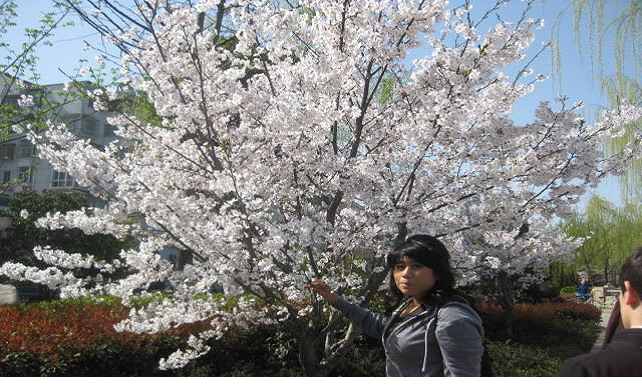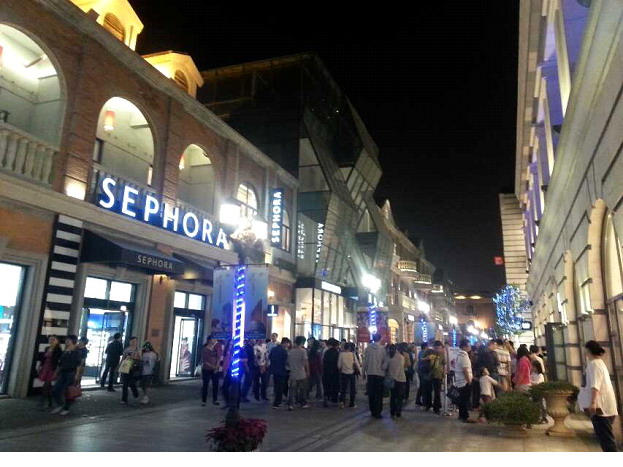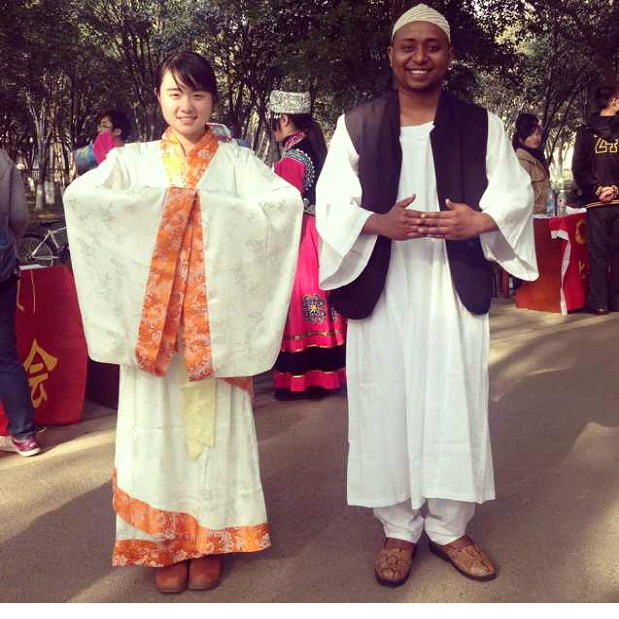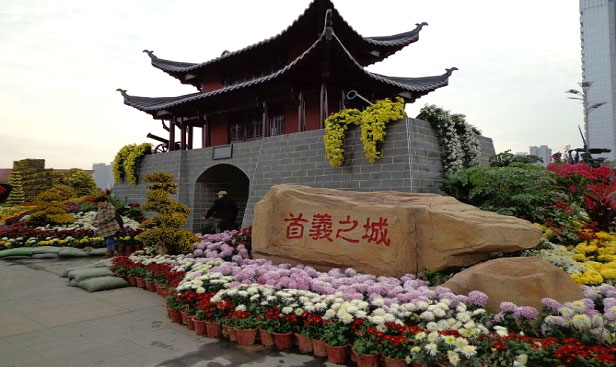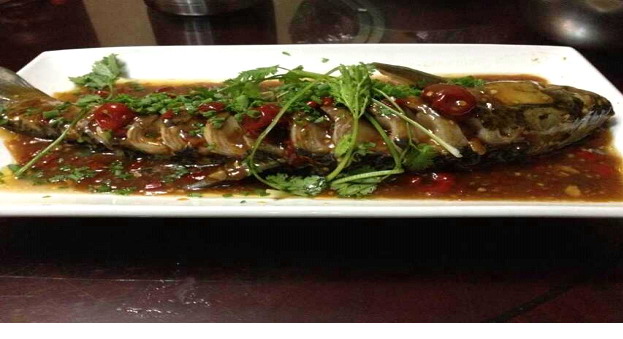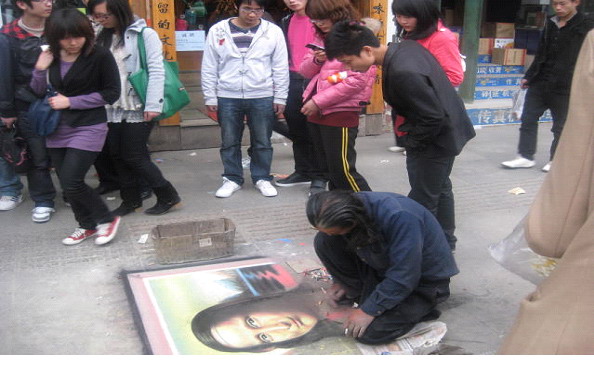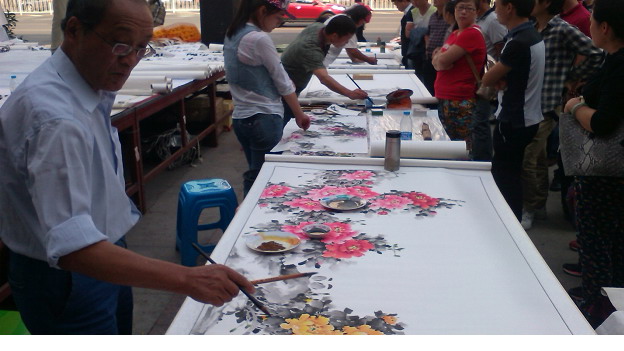|
|
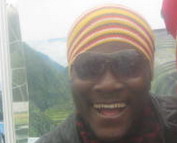 Author: eddieturkson |
 Author: teamkrejados |
|
Wuhan(武汉) is the epitome of China’s claim to be a developing country. For newbies visiting or coming to Wuhan for study or work, the city is a great place with plenty to offer. Comprising three districts, each with distinct characteristics, Wuhan is dubbed the transportation hub of Central China, linking cities from North to South and East to West through air, rail, river and sea routes. The districts are Wuchang, famous for its cluster of universities and research centers; Hankou, the commercial and financial hub and Hanyang, the production center. They are interconnected by bridges over the mighty Yangtze River. In the field of technology, Wuhan is famous for its Optics Valley community where high-end fiber optics products, laser technology and other high-tech devices are designed and manufactured. It is also a base for biomedical and strategic national research centers that have been significant to the development of China during the past decades. Hankou is a shopper’s paradise for Wuhanese with Jianghan Pedestrian Street the place most gather. Hankou is an old British concession with baroque buildings and amazing statues. It hosts some of the largest malls and shopping centers in Wuhan.
Visitors seeking a taste of ancient China can visit the old Taoist temple and the Yellow Crane Tower, known in Chinese as Huanghelou. Originally built in AD 233 it was reconstructed and giving a new release of life in 1981. Also famous is the East Lake where China’s first leader, Chairman Mao Zedong is said to have frequently swum in summer while on retreat. His estate on the banks is a tourist hotspot even for local residents. The East Lake has a botanical garden, a bird sanctuary and other recreational facilities. The Hubei Provincial Museum is also located around the East Lake. The museum holds an astounding collection of more than 200,000 cultural relics dating back to the Warring States period. For touring families and friends seeking a perfect destination to spend a weekend or holidays, Happy Valley -an amusement park- or the Haichang Polar Ocean World is highly recommended. Like its predecessors in Beijing, Shenzhen, Tianjin, Chengdu and Shanghai, Wuhan happy Valley Theme Park has a collection that will leave visitors spellbound.
Located in Jinyintan Street, Dongxihu District, the Haichang Aquarium or Polar Ocean World holds a collection of rare polar bears and marine life. The aquarium is divided into five sections: ocean theater, central island, seabed area, display area and joy show area where performances by professional acrobats and animals are organized. Covering an area of 300,000 square meters, the aquarium is the largest indoor theme park in China. Due to Wuhan’s hot humid summer weather, most visitors, and even locals, tend to shy away from public areas during the day but hit the town at night. Nightlife in Wuhan is very flamboyant with countless pubs and grills in Hankou and Wuchang. The best times to visit are spring and autumn.
Wuhan is fundamentally a college town with 85 institutes of higher learning and 350 research institutes. Wuhan University, founded in 1893, is a shining example of the academic culture. Not only are university seats the most coveted in Hubei province, but the campus itself is gorgeous. Situated on a hill, it overlooks the city with a combination of grace and austerity. Every spring the campus charges 5 yuan to stroll in the grounds and view the cherry blossom. The sight is well worth the small fee. The city can now compete with first-tier cities in terms of its vibrant foreign population comprising mostly students pursuing degrees. The annual Wuhan University Cultural Festival is a great occasion among universities in the city. It is a platform where students including Chinese and foreigners from across the globe are given an opportunity to showcase their culture. It’s always a blast, the food, clothes, music, drumming and dancing, you name it. It’s a fun-filled event which, on occasion, is organized by Central China Normal University.
Wuhan, as I learnt from research online, has a lot of attributes that make it significant in the history of China and more importantly the formation of the People’s Republic of China. For instance the Wuchang Uprising which eventually led to the overthrow of the Qing dynasty (1644-1911) in 1911. At a point in time the city was also the national capital because of its strategic position. It is one of the most ancient cities in China, and said to be older even than Beijing, Nanjing and Xi’an. It has a lot of museums displaying past history and culture and with some that chronicle the history of Hubei province and China. The list is limitless. I took a trip to the Hubei Provincial Museum in Wuchang to find out what it had to offer and it was a day well spent, although in the end I was so tired because there was so much to feast my eyes on and I wouldn’t leave until I was done.
The lifestyle can be kind to your pocket with food and other basic everyday items not really expensive compared to prices in first-tier cities, but the service….hmmm…. Like some other cities in China, it’s not exactly what’s on the menu, if you get what I’m driving at and the option sometimes is to take it or leave. The point is you get what you pay for. Don’t pay for less and expect more, it’s as simple as that. Coming from a coastal city and fish being my favorite dish, I quickly fell in love with the national delicacy, the pick of Wuhan, ‘Wuchang-yu’- meaning Wuchang fish, it’s awesome, either grilled or fried and cooked with spicy sauce with chili peppers nicely cut and sprinkled around it. It’s always on the menu in almost all cities across China.
People from Wuhan are very athletic and engage in a lot of sporting activities. The city has produced some of the world’s best talents and Olympic gold medalists, including women’s tennis player, 2011 French Open and 2014 Australian Open Champion Li Na. Others from my research include Xiao Hailiang an Olympic gold medalist in 3m springboard synchronized diving, Sydney 2000; Gao Ling, a professional badminton player, and two-time Olympic gold medalist at Sydney 2000 and Athens 2004; Fu Mingxia, a female diver, and four-time Olympic gold medalist in Barcelona 1992, twice in Atlanta 1996 and Sydney 2000. She is credited as the only diver to have won gold medals at three Olympiads as well as one of the few divers in the world to win world championships in both platform and springboard diving. The traffic here is maddening. Perhaps that is a given in any Chinese city but I find it particularly outrageous in Wuhan. I've often joked with friends and family overseas that, if they were to come I would have to sedate them before taking them anywhere so they do not suffer panic attacks when out in traffic. While I can accept traffic conditions here I'm not sure any of my friends who drive in the west could. Summers are brutal. Once the rainy season ends you can look forward to muggy, stuffy weather. Seemingly unending days when the temperatures hover around 30o C or above. I can’t tell what is worse: clear skies with the sun beating down or murky skies that trap and reflect the heat.
There is a grace to this city that is evident once you look behind the flaws. The ubiquitous sweeping crews, dancing daily with their twig brooms; the 'living fossil' communities like Ding Ze Qiao factory village, built in the 1950s/60s and still inhabited today, although the factory is long gone; the vendors who set up shop on the back of their trikes; children laughing, women dancing, men playing checkers and cards; life mostly happens outside in Wuhan and as such the casual observer can be treated to a panoply of intimate daily living if he/she knows where to look. I liken Wuhan to New York City, with its distinctive boroughs, attractions and diverse cultures. More than that, Wuhan has an energy pulsing just beneath the surface and if you're in tune, you can't help but connect. I did, and now find it hard to leave. I'm not complaining.
Wuhan is a beautiful city and anyone who has lived here for more than a year would testify to that. Good or bad, freezing or sweltering, dusty or not, Wuhan is my home and I welcome you to it. Should you come I would be delighted to show you around. All in all, it’s a jolly good place to live, study and work. |
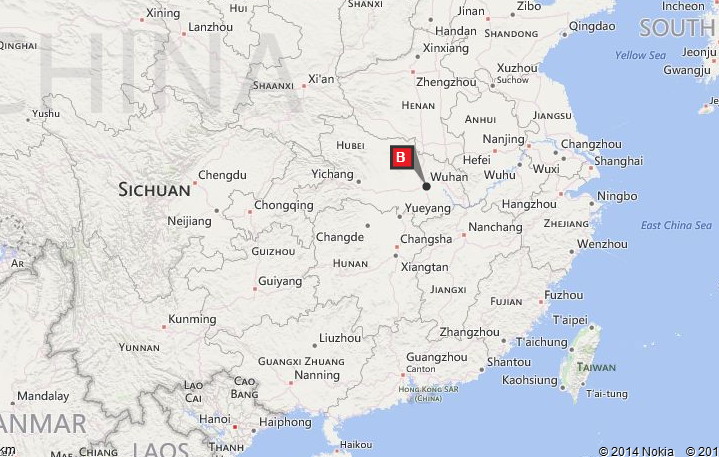
Photos and the city's description are provided free by our netizens. We thank them for their contributions. If you would like to share your city, please contact us: blog@chinadaily.com.cn


